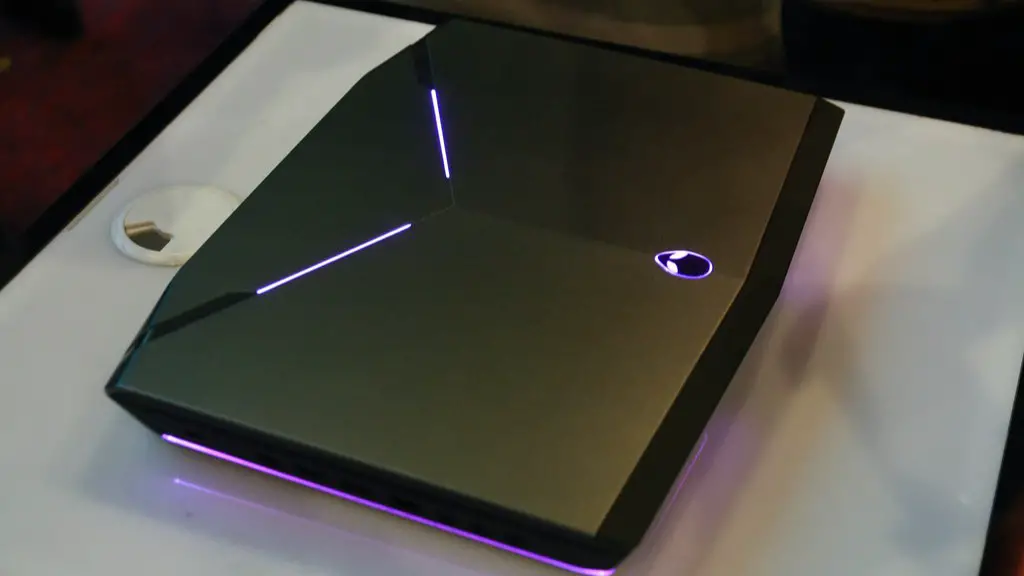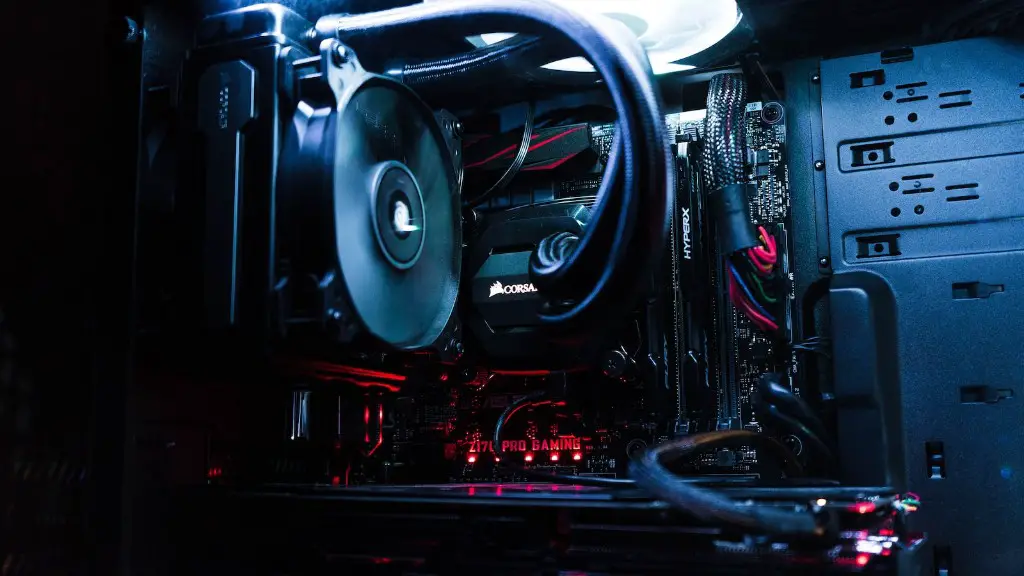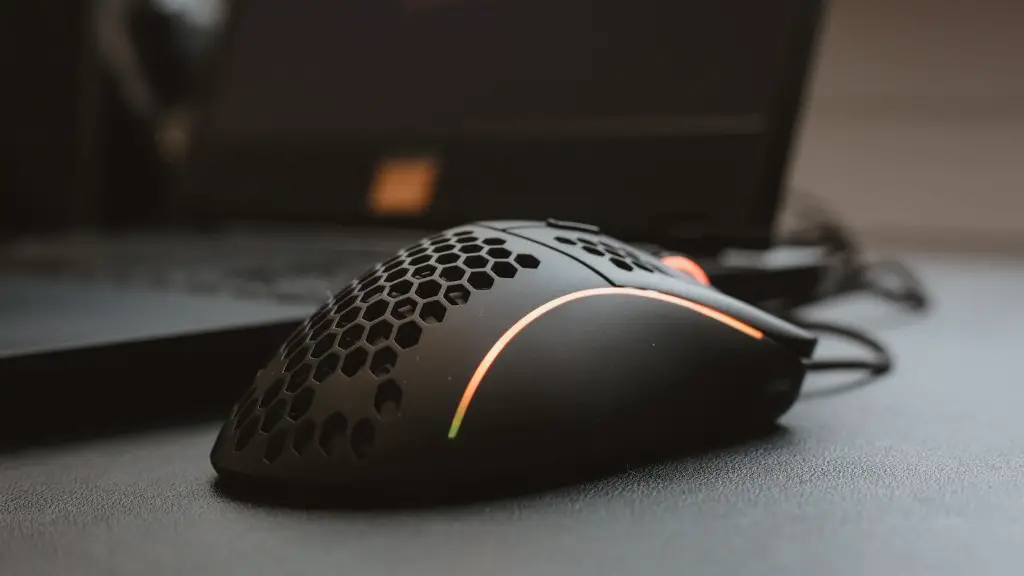Having a good gaming monitor is essential for the ultimate gaming experience, and many gamers tend to overlook this. A good gaming monitor not only offers smooth and accurate graphics, but also spares gamers from graphics lag and stuttering. With the right game monitor, gaming can be an exhilarating experience. Here are a few factors to consider when choosing a gaming monitor.
Resolution: Resolution plays an important role in the gaming experience as it determines the sharpness of the graphics. The ideal resolution is 1920 x 1080 (Full HD) or higher, which is considered to be true HD. Going higher than 1080p will offer even sharper images, resulting in a better gaming experience.
Display Size: Gamers need to consider the size of the monitor they want to buy. A larger monitor offers more space to view details and textures, while a smaller one can be better for portability. Bigger monitors usually have higher resolution and higher refresh rates, making them better for gaming.
Refresh Rate: The refresh rate on a monitor determines how many times in a second the monitor updates the image. The more often the monitor refreshes, the smoother and sharper the images become. Monitors with high refresh rates, such as 120 Hz or 144 Hz will help provide faster response times and reduce stuttering when gaming.
Panel Technology: One factor to consider while looking for a gaming monitor is the panel technology. TN panels offer the best response times and refresh rates, but have poorer image quality compared to other technologies such as IPS, which offers superior image quality but slower response times. Depending on your needs, you should choose one technology or the other.
Input Lag: Input lag is the time between a key press or mouse click action and when it appears on the monitor. An input lag of 10ms or lower is preferred for gaming, and will result in faster response times and a better gaming experience.
Adaptive Sync: Gamers also need to consider whether the monitor supports a variable refresh rate, such as AMD’s FreeSync or Nvidia’s G-Sync. Adaptive sync helps to minimize stuttering and tearing and ensures a smooth gaming experience.
Panel Type
Another factor to consider when looking for a gaming monitor is the type of panel used. Twisted Nematic (TN) panels are the most common and offer the best response times and refresh rates, but they have poorer image quality when compared to other technologies such as In-Plane Switching (IPS). IPS panels provide superior image quality but slower response times, making it a better choice for those who want higher image quality.
Vertical Alignment (VA) panels offer a balance between TN and IPS panels, having both better image quality and faster response times. All of these panel types have their pros and cons and it is up to the user to decide which panel type is the best for their needs.
90 – 165Hz refresh rates are becoming increasingly common and are much better for gaming than traditional 60Hz refresh rates. A higher refresh rate allows for a more immersive experience and is especially useful for fast-paced games. Higher refresh rates may also be beneficial for those who suffer from motion sickness.
Finally, many gaming monitors come with pre-loaded gaming modes, such as FPS or RTS, that are designed to optimize the display settings for a specific game or genre of games. This eliminates the need to manually adjust the settings each time you switch games or genres.
Connectivity Options
Gamers need to consider the connectivity options offered by their chosen monitor. If the monitor is being used for console gaming, then HDMI or DisplayPort are the best choices. If the monitor is being used for PC gaming, then both DisplayPort and DisplayPort 1.2 or HDMI 1.4 or higher should be used. The input lag with these port types is much lower than with other ports such as VGA or DVI.
In addition to the port types mentioned above, some gaming monitors also offer USB ports that are used to connect gaming devices such as a gaming mouse or controller. Some gaming monitors also feature audio pass-through ports, allowing gamers to plug in their headphones or speakers directly into the monitor.
Most of the latest gaming monitors support HDR, which stands for High Dynamic Range. HDR enhances the colors and contrast ratio of the monitor, which helps to produce clearer and more vibrant colors. HDR also helps to make dark scenes appear brighter, making it easier to spot enemies and other hidden details.
Gaming monitors are also now equipped with gaming-specific features such as support for AMD FreeSync or NVIDIA G-Sync and built-in gaming mode options. G-Sync and FreeSync help to eliminate stutter and tearing from games, resulting in a smoother gaming experience. Gaming modes allow gamers to select an optimal setup for their desired game type, eliminating the need to manually adjust the display settings for each game.
Price and Other Considerations
The price of a gaming monitor can also be a deciding factor. Gamers need to decide how much they are willing to spend and how much they are expecting in return. Generally, monitors that cost more offer higher resolutions and higher refresh rates, as well as better image quality with wider viewing angles and deeper black levels.
Aside from the factors mentioned above, gamers also need to consider color accuracy, ergonomics, and design of their chosen gaming monitor. Monitors with higher color accuracy produce richer and more accurate colors, making them better for professionals who need more accurate colors for their work. Ergonomic features such as swivel, tilt, and height adjustment are also important for gamers who spend a lot of time in front of the monitor.
Finally, gamers should also consider the design of the monitor. Some models come with fancy lighting effects, while others may have a sleek design that fits into any home. It all depends on the gamers’ preferences and how much they are willing to spend.
Quality Control
It is also important to consider the quality control of the chosen monitor. It is best to buy a gaming monitor from a reputable manufacturer that offers good customer service and a warranty. The warranty should cover any production defects that may occur during the lifespan of the monitor.
Finally, it’s a good idea to check the reviews and ratings of the chosen gaming monitor. This will give a better understanding of how good the monitor is and whether it is worth buying. Reviews of fellow gamers will provide a better idea of which monitors are good for gaming and which ones are not.
In conclusion, gamers need to consider several factors when choosing a gaming monitor, including resolution, display size, refresh rate, panel technology, input lag, and adaptive sync. Other factors such as panel type, refresh rates, connectivity options, price, and ergonomics should also be taken into consideration. Quality control and checking reviews are also important, as they will help gamers to decide which gaming monitors are worth buying.




